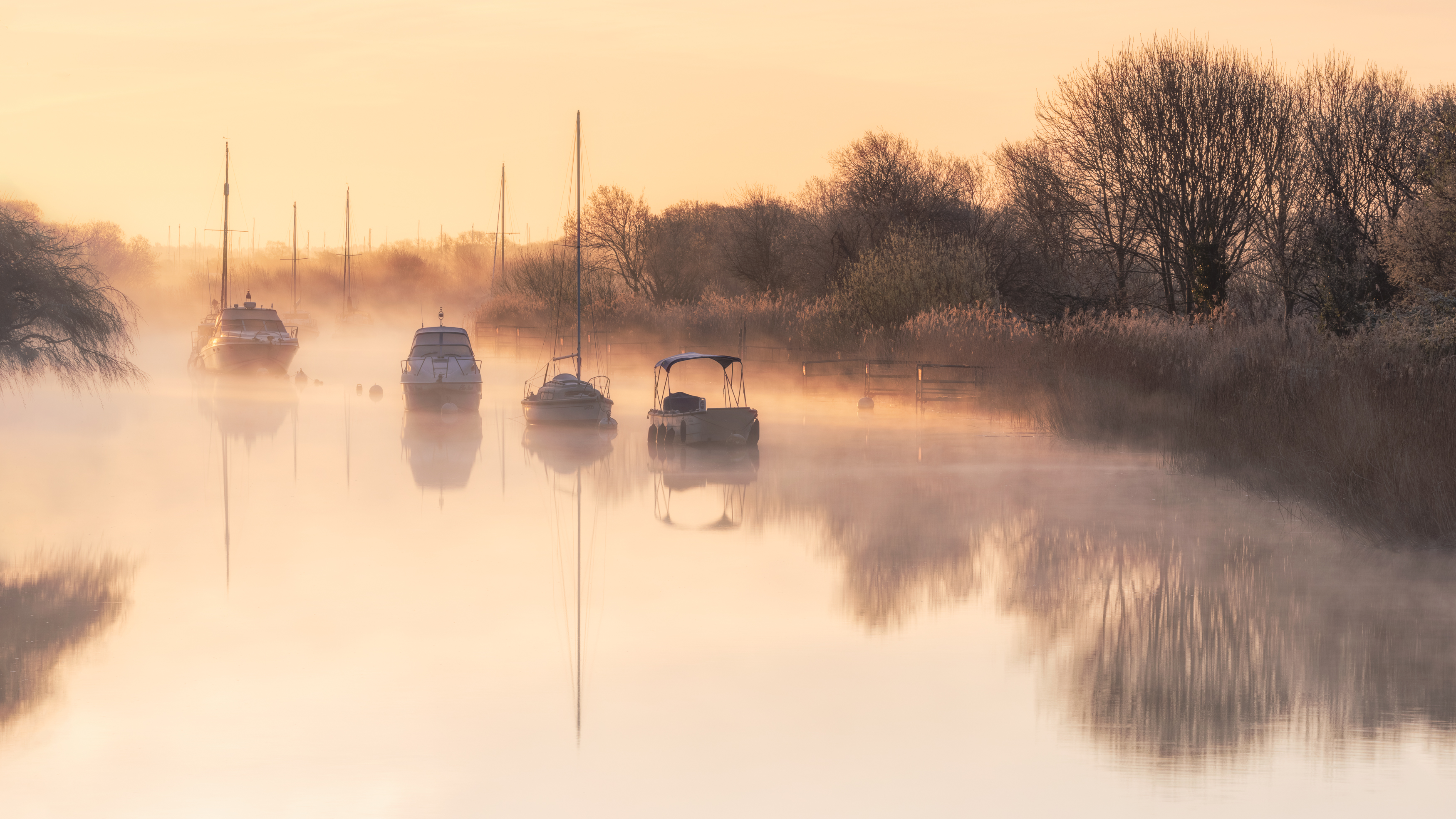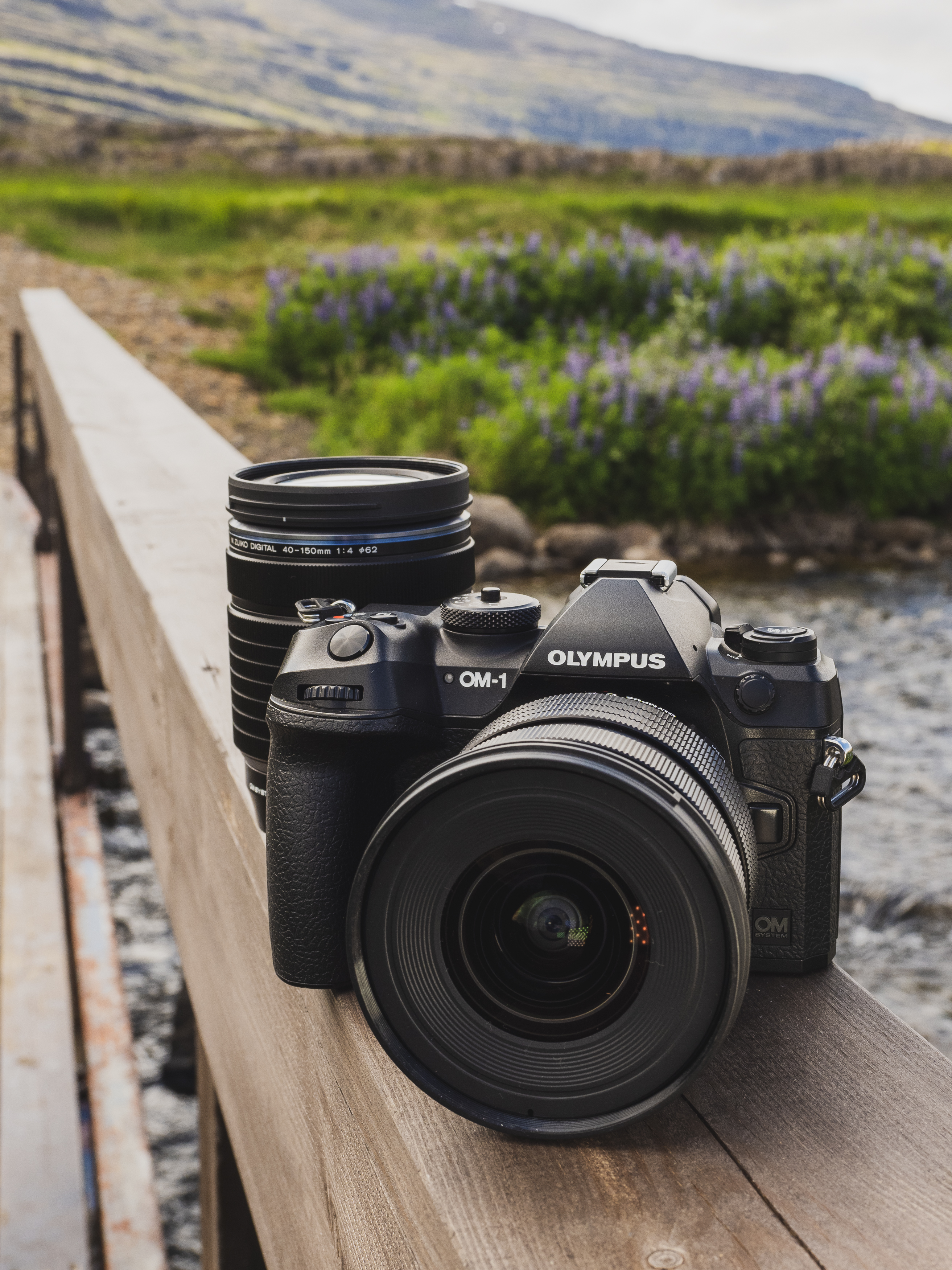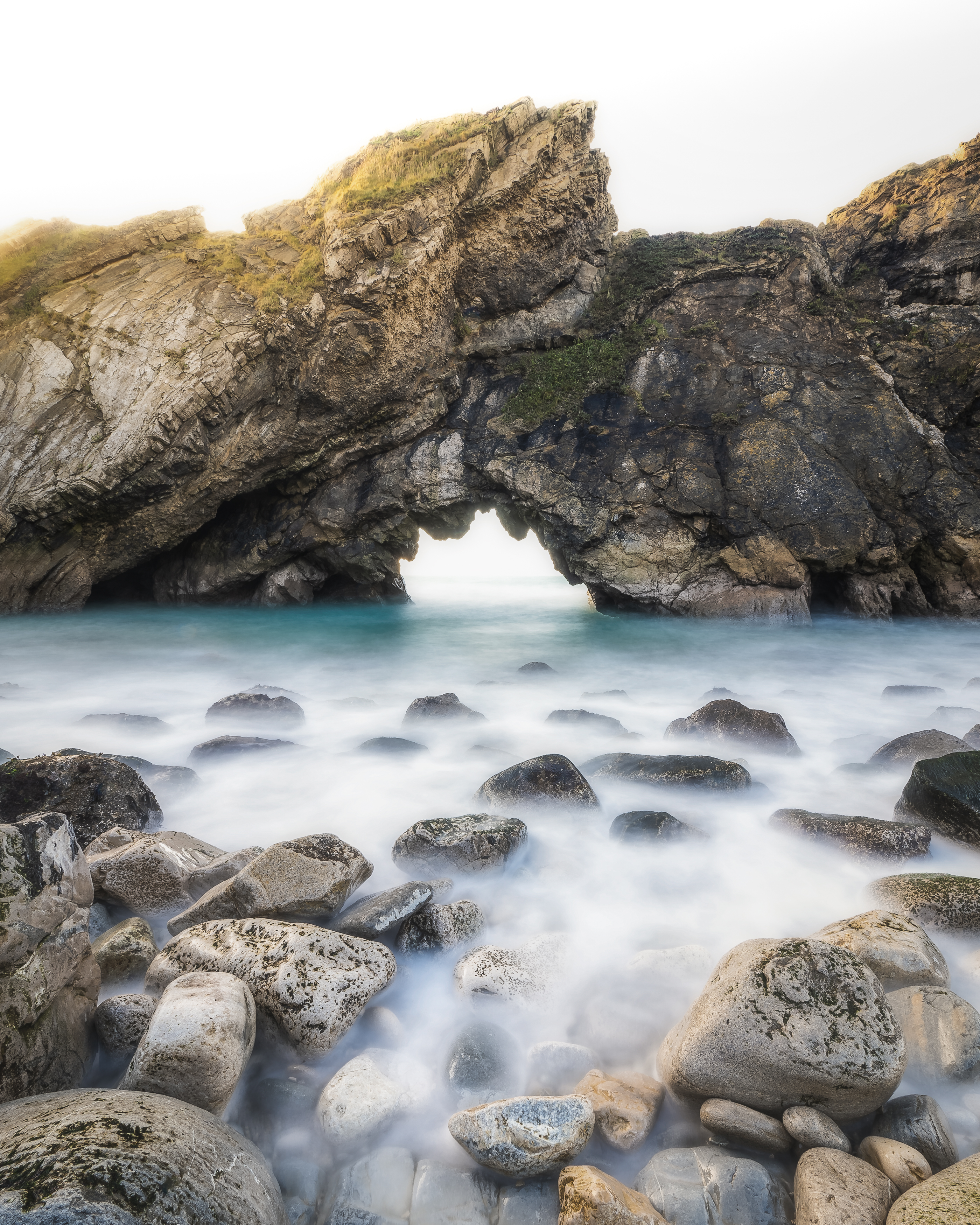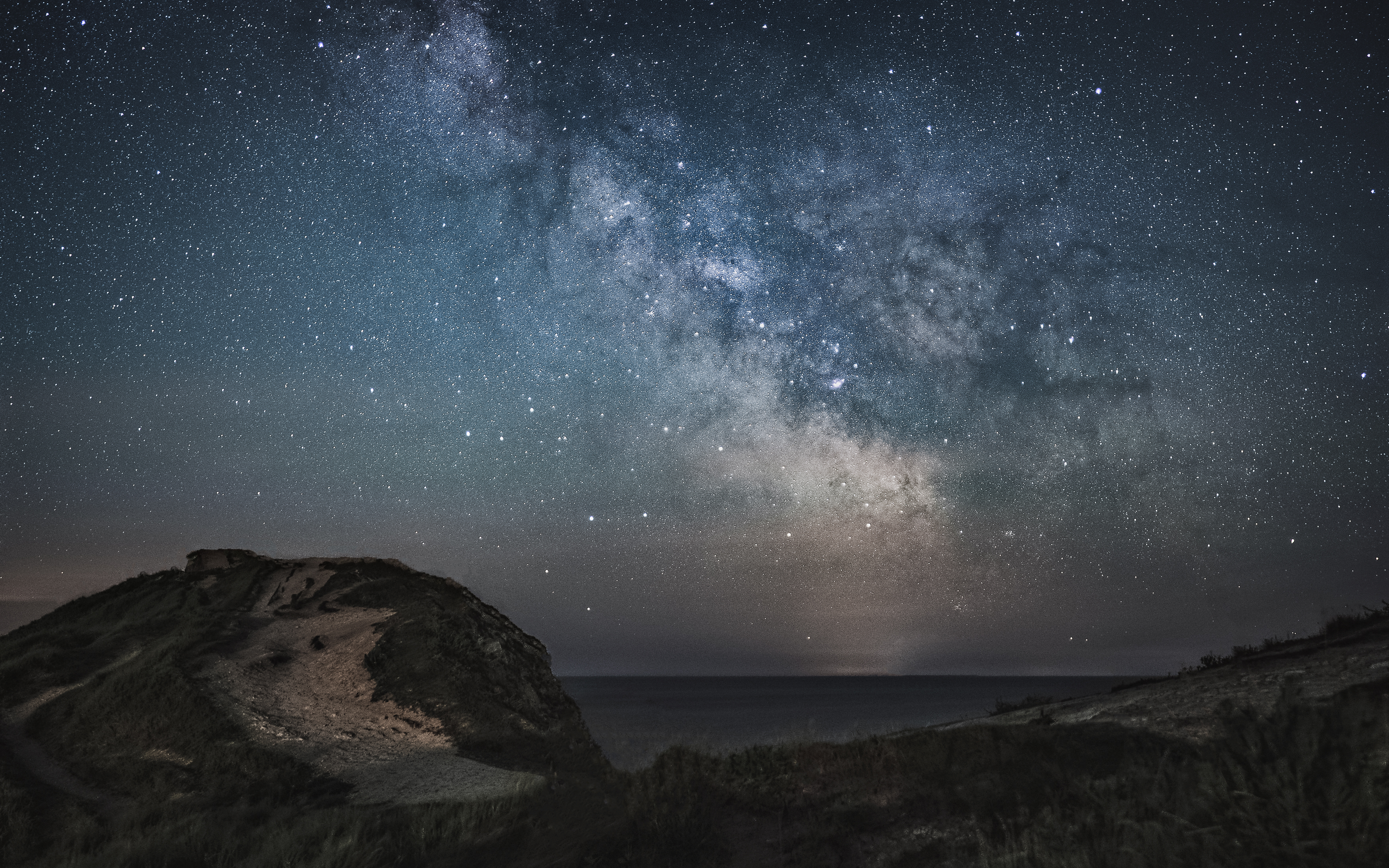My 5 favorite features of the OM SYSTEM OM-1 I for landscape photography
From Live ND to Starry Sky AF, the OM SYSTEM OM-1 is packed with amazing features for professional landscape photography

The new OM SYSTEM OM-1 follows in the legacy of a long line of the best Olympus camera (OM-System). Since the original Olympus OM System OM-1 camera 50 years ago, the company has forged its own path and the new camera is a wonderful nod to this history baring the same name as its ancestor.
• Looking for the best Olympus lenses?
I recently spent a week in Iceland with the OM SYSTEM OM-1 to test out the latest features and learnt a great deal about the camera. As a landscape, seascape, astro and occasional adventure photographer I rely on my kit being durable, lightweight and packed with features to make my life as easy as possible, so I can concentrate on enjoying the moment as much as the final image I aim to create.
With all of this in mind, here are my top 5 features of the new OM-1 that I wouldn’t want to be without.

1. Durability and weatherproofing
The new OM-1 builds on the foundations that have been a staple of the high end Olympus cameras for many years. The new camera has an Ingress Protection rating of IP53, many manufacturers state their kit is weather resistant but few go to the lengths of the OM system development team to really push their kit and get an official rating.
All of my photography is outside in the elements - wind, rain, sand, dust, hot, cold and sea spray all get thrown at my kit and I just don't worry about it. As long as you pair it with a weather sealed lens then you can be confident the kit won't let you down.

2. Live ND
This feature uses a very clever algorithm, similar to Live Composite, to layer images in a way to simulate the use of traditional Neutral Density filters, Live ND has become a hugely useful feature that I now rely on.
Get the Digital Camera World Newsletter
The best camera deals, reviews, product advice, and unmissable photography news, direct to your inbox!
It has come a long way since its first iteration back on the OM-D E-M1X. I remember trying it and thinking this might be useful one day…fast forward a couple of years and I now wouldn't be without it. The algorithm has been tweaked and honestly, I can't see any difference from my high-quality glass filters.

3. In Body Image Stabilisation (IBIS)
When using any camera in lower light or coupled with Live ND, you will undoubtably be lengthening the shutter speed. The IBIS in the OM-1 is nothing short of sensational.
With its predecessor, the Olympus OM-D E-M1 III, I would often hand hold 1/2 sec shots and occasionally 1 second shots. With the OM-1 I am regularly hand holding shots of 2 seconds and have taken shots of 5 seconds without any physical stabilisation. The IBIS is also immensely useful when shooting video, enabling smooth panning shots when hand holding the camera.

4. Starry Sky AF
As a keen Milky Way shooter, the Starry Sky AF autofocus mode (introduced in the previous generation of the flagship) is quite simply amazing. You simply select a dark section of sky with stars and press the back AF-On button. The processor analyses the area of the sky selected and nails the focus every time. Learning to manual focus on the stars at night is one of the most challenging elements of Milky-Way shooting, with this feature it is automatically done for you in seconds.
5. Handheld High-Resolution Mode (HHHR)
Handheld High-Res shooting was another feature introduced a couple of years ago that has gone on to be one of my favorite features of the OM SYSTEM. It uses clever sensor shifting technology to extrapolate and stack a 50MP shot from the 20MP sensor within seconds. Perfect for wide landscapes and now preprogramed into the red dot record button when in any stills mode.

Tom Ormerod is a UK landscape photographer, mentor and workshop leader based on the south coast of England. He's also an official OM SYSTEM Ambassador, and knows his way around an Olympus (now OM SYSTEM) camera. Tom is passionate about astrophotography, seascapes and using drones to capture aerial views.
- Lauren ScottFreelance contributor/former Managing Editor
